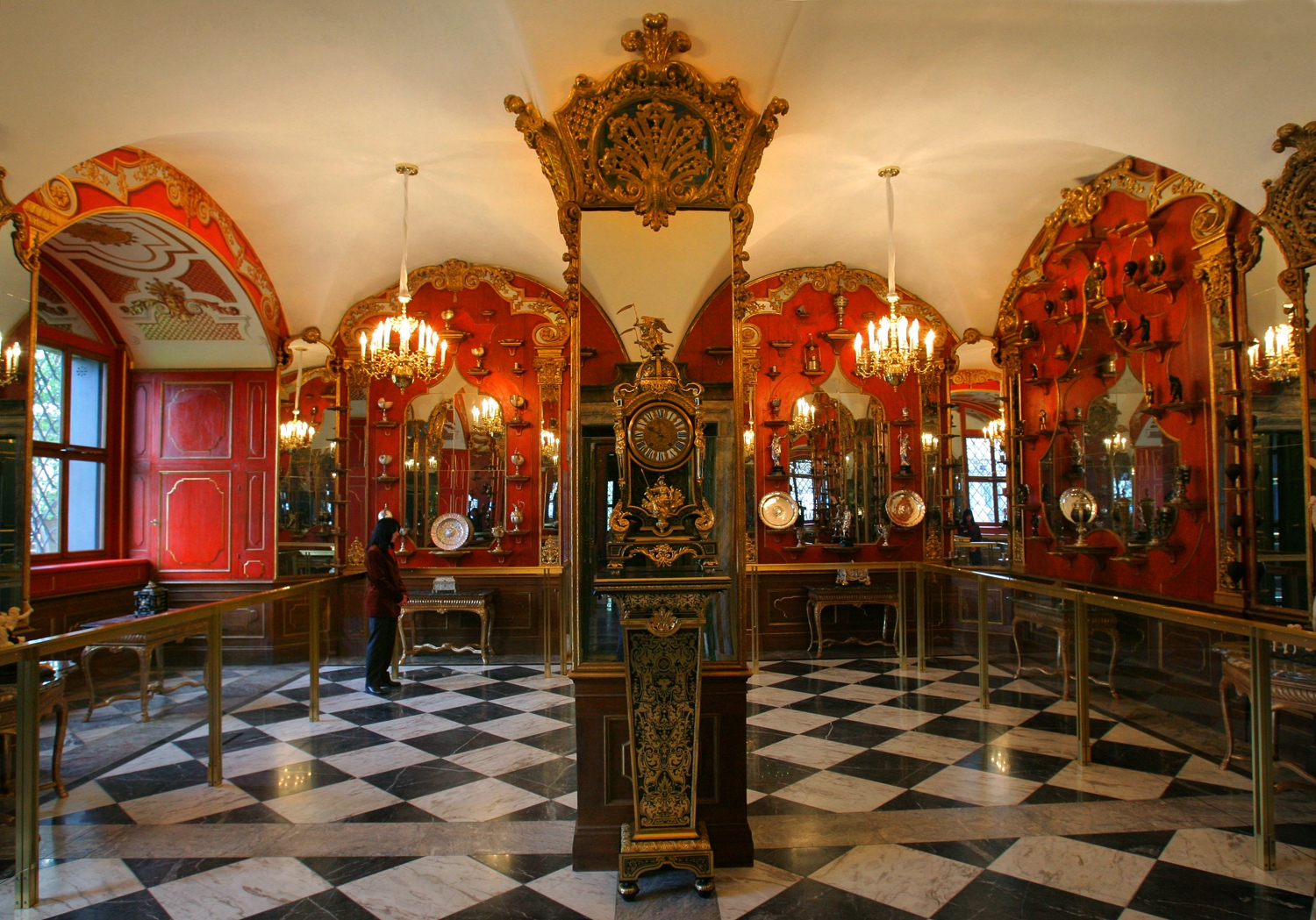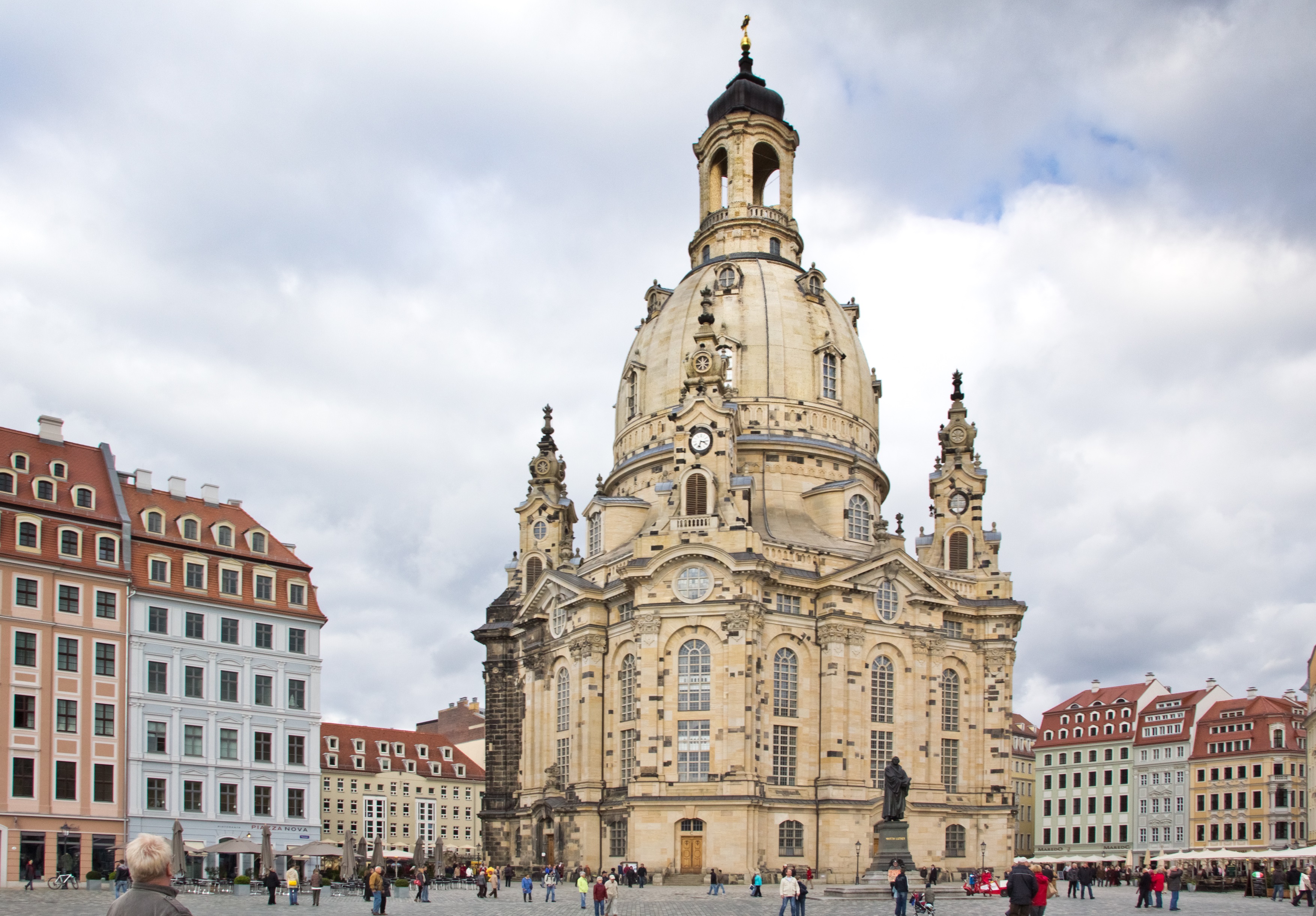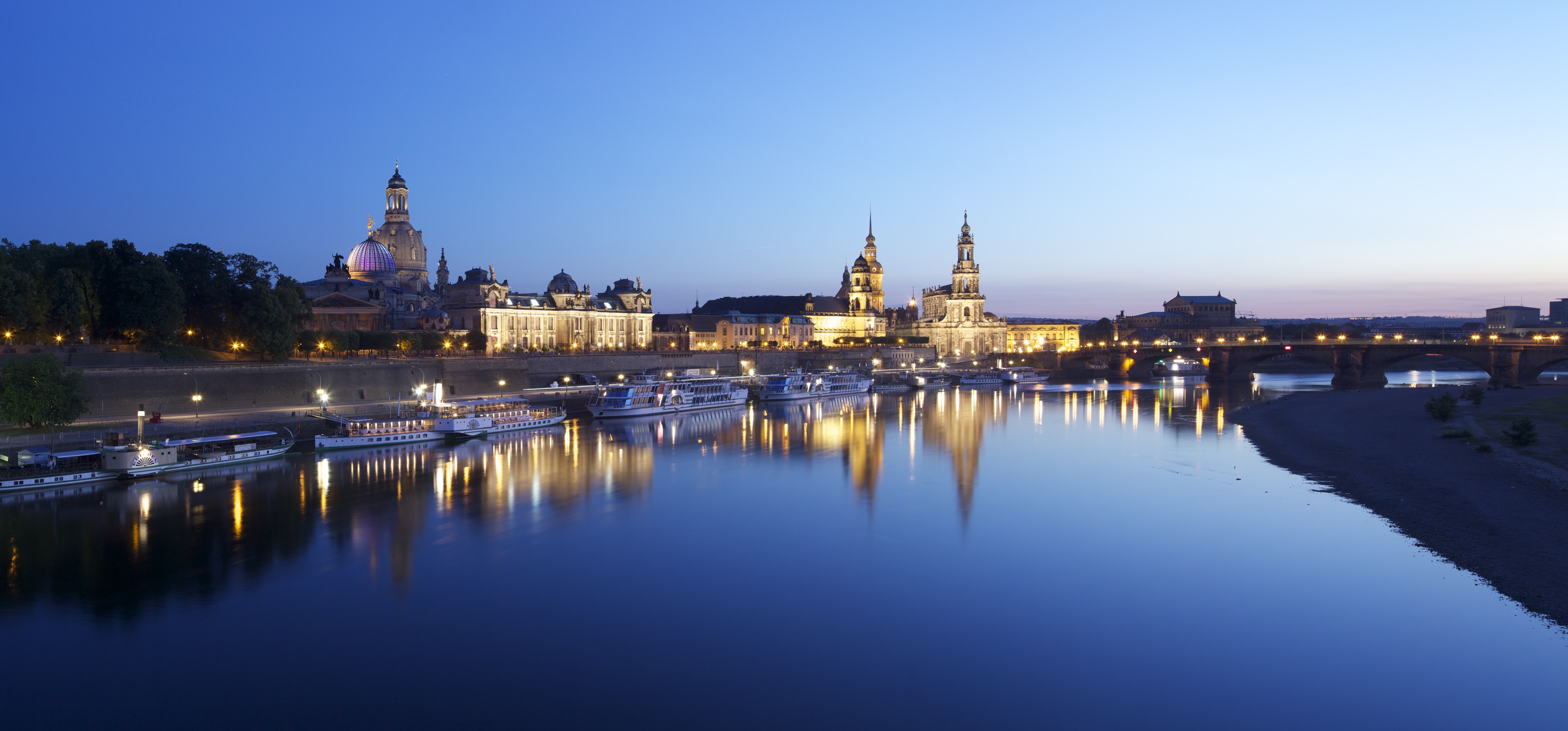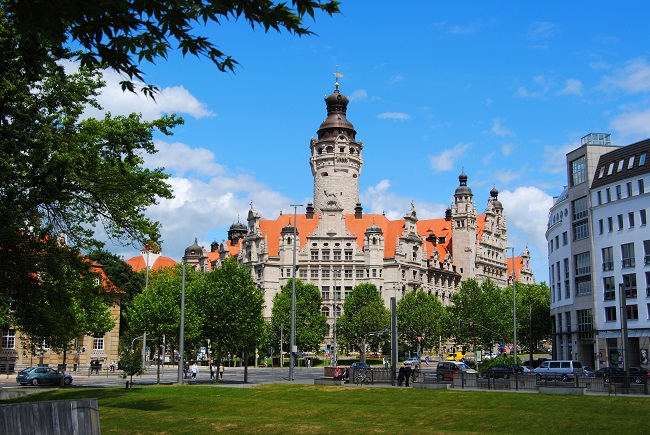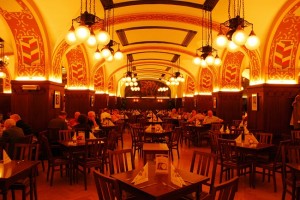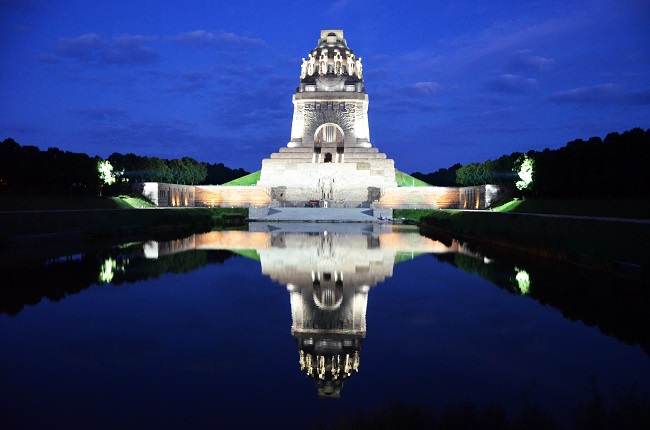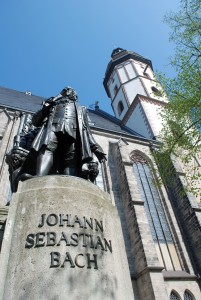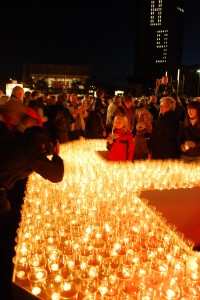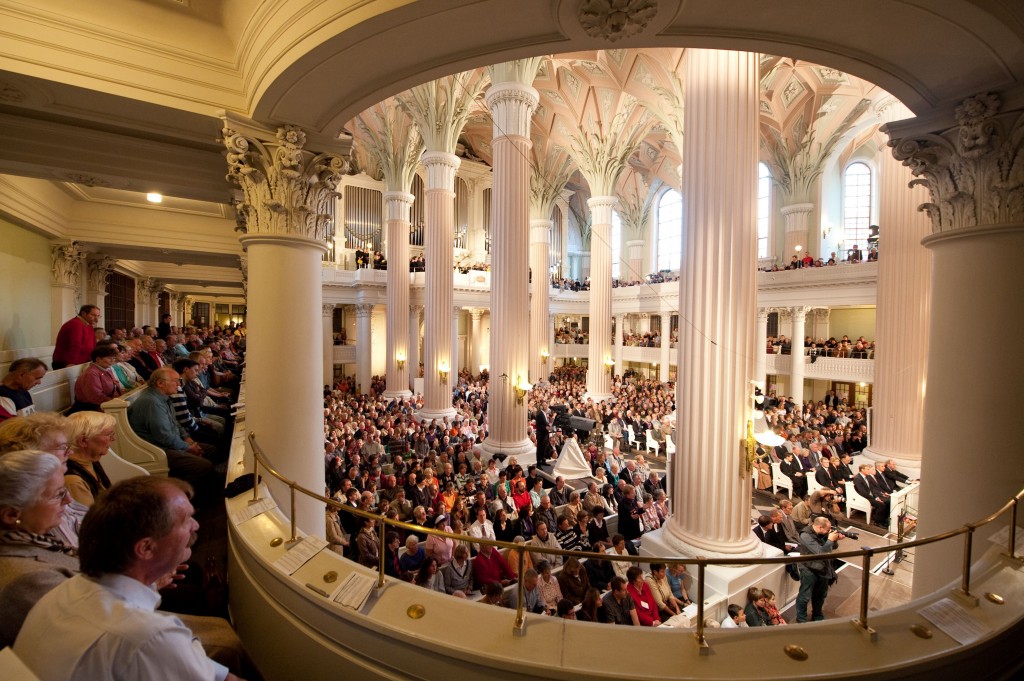The volume of international travel to Germany reached a record high for the fifth year in a row in 2014, with a total of 75.6 million
overnight stays.
The USA, which remains the biggest overseas market for Destination Germany, continued to grow strongly, with its travelers making nearly 246,000 more overnight stays in Germany than the previous year, as part of a total volume of 5.2 million in 2014.
According to the German Federal Statistical Office, the number of overnight stays by visitors from abroad in accommodation establishments with ten or more beds went up by 3.7 million in the period from January to December, a year-on-year increase of 5.1 per cent.
Petra Hedorfer, Chief Executive Officer of the German National Tourist Board (GNTB): “Once again we are able to look back on an outstanding set of results – our record in 2014 provides further evidence that Germany has arrived in the top tier of international travel destinations.
Arrivals went up by 4.6 per cent. This means we are comfortably above the comparable growth rate for Europe, which the UNWTO puts at 3.9 per cent, and on a par with the global growth rate of 4.7 per cent.
The latest UNWTO forecasts suggest that the international travel market will expand by between 3 and 4 per cent in 2015. We will build on last year’s strong performance and take a bigger than average cut of this growth.
This will lay the perfect foundation for our long-term outlook of achieving 121.5 million international overnight stays a year by 2030, which we believe is a realistic objective.”


